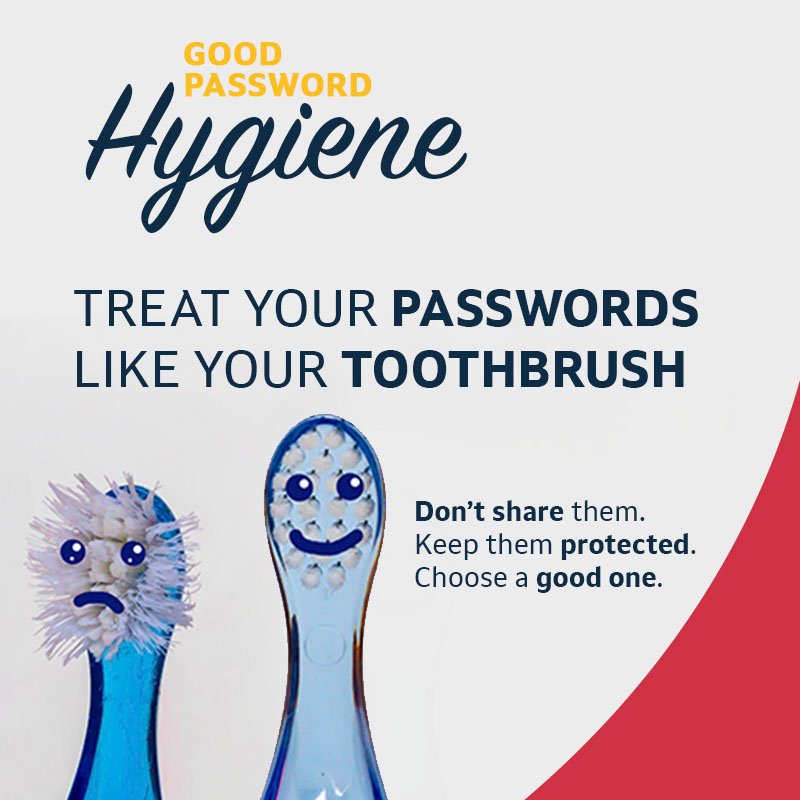5 Security Risk Analysis Myths in Healthcare Industry: Protect Your Organization from Cyber Threats
Table of contents
The healthcare industry faced unprecedented challenges during the COVID-19 pandemic, from overwhelmed infrastructures to a sharp increase in cyberattacks. To mitigate these threats, conducting a thorough healthcare security risk analysis is crucial. In fact, healthcare was the most attacked sector in 2020, a trend that continues today.
With the widespread adoption of telemedicine and hybrid work models, healthcare organizations are at greater risk than ever from cyber threats like ransomware. Here’s why security risk analysis is critical for protecting Protected Health Information (PHI):
- Healthcare data breaches cost an average of over $400 per record, significantly higher than the cross-industry average of $150.
- Over 90% of healthcare organizations have reported at least one security incident in the last three years.
In this article, we’ll debunk five common myths about healthcare security risk analysis and explore why it’s crucial for safeguarding your organization, including insights for dental practices associated with the Sacramento District Dental Society.
Understanding NIST CSF and Security Risk Analysis
The National Institute of Standards and Technology (NIST) Cybersecurity Framework (CSF) is a policy framework developed to help organizations manage cybersecurity risks. It provides a roadmap for evaluating, improving, and maintaining your security posture.
In January 2021, new legislation was introduced, offering HIPAA-covered entities audit relief and reduced fines if they’ve implemented NIST CSF for at least 12 months. A key component of this is security risk analysis, which helps identify vulnerabilities that can compromise the security and privacy of PHI.
But there are many misconceptions surrounding security risk analysis, which we’ll address in this article. First, let’s take a look at one of the biggest threats to healthcare security: ransomware.
The Growing Ransomware Threat
Ransomware attacks have taken a significant toll on the healthcare industry:
- Ransomware cost healthcare over $20 billion in 2020.
- Ransomware accounted for nearly 10% of reported breaches in 2021.
Under the HIPAA privacy rule, a ransomware attack is considered a violation even if PHI is encrypted and not stolen. To counteract organizations that rely on offline backups, hackers have developed more sophisticated ransomware tactics, such as:
- Double-threat ransomware: Hackers not only encrypt data but also steal it, threatening to release it if a ransom is not paid.
- Triple-threat ransomware: In addition to the double-threat approach, hackers also demand ransoms from individual patients.
These attacks make it clear that regular security risk analysis is crucial for healthcare organizations, including dental practices. Now, let’s debunk some common myths about security risk analysis.
5 Common Myths About Healthcare Security Risk Analysis
Myth #1: Security risk analysis is optional for small healthcare providers
Truth: All HIPAA-covered entities, regardless of size, must perform a security risk analysis. This includes providers seeking EHR incentive payments.
Myth #2: Installing a certified EHR fulfills the Meaningful Use (MU) requirement
Truth: Installing a certified EHR does not fulfill the Meaningful Use requirement. Providers must also conduct a security risk analysis to protect all PHI, not just what’s in the EHR.
Myth #3: The EHR vendor handles all privacy and security matters
Truth: While EHR vendors provide support, they are not responsible for ensuring that your organization complies with HIPAA and other regulations. Your organization must take ownership of privacy and security.
Myth #4: Security risk analysis only needs to focus on the EHR
Truth: A comprehensive security risk analysis should include all devices that handle PHI, including laptops, mobile devices, and servers—not just the EHR system.
Myth #5: Security risk analysis only needs to be done once
Truth: Security risk analysis should be an ongoing process. As new threats emerge and systems evolve, regular analysis is necessary to maintain compliance and protect sensitive data.
Why Regular Security Risk Analysis Is Essential
Security risk analysis is more than just a regulatory requirement—it’s a vital part of safeguarding your organization from cyber threats like ransomware. By regularly assessing your vulnerabilities, you can prevent costly breaches and ensure compliance with HIPAA.
If you’re ready to enhance your security and compliance posture, consider partnering with experienced cybersecurity professionals. We can help you navigate the complexities of security risk analysis and protect your organization from emerging threats.
Contact us today to schedule a free consultation.




Comments are closed